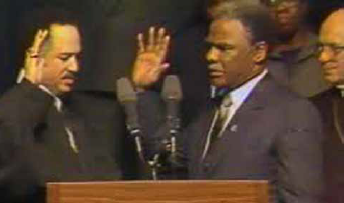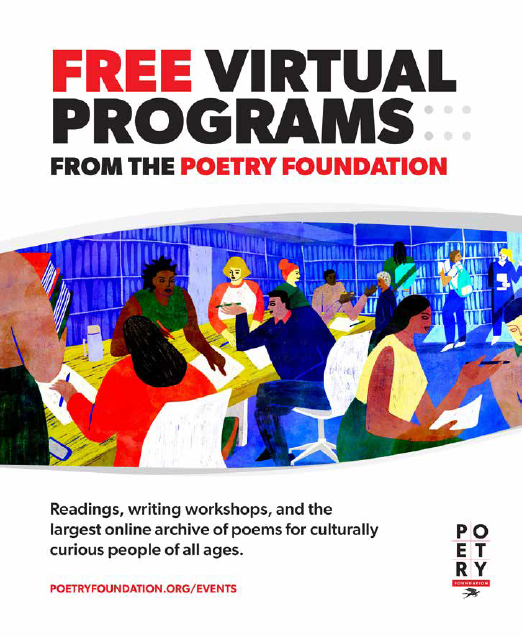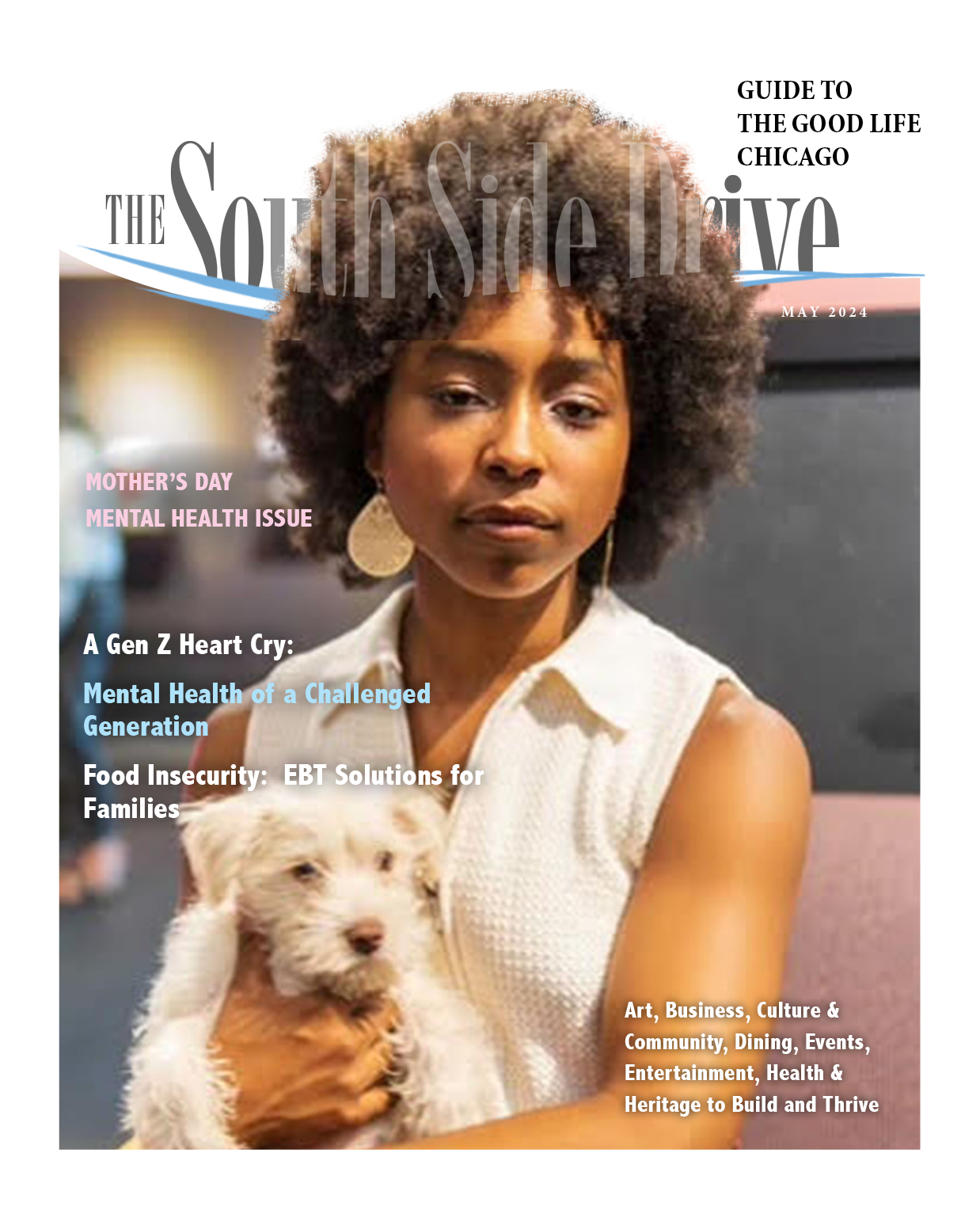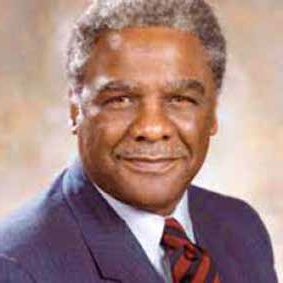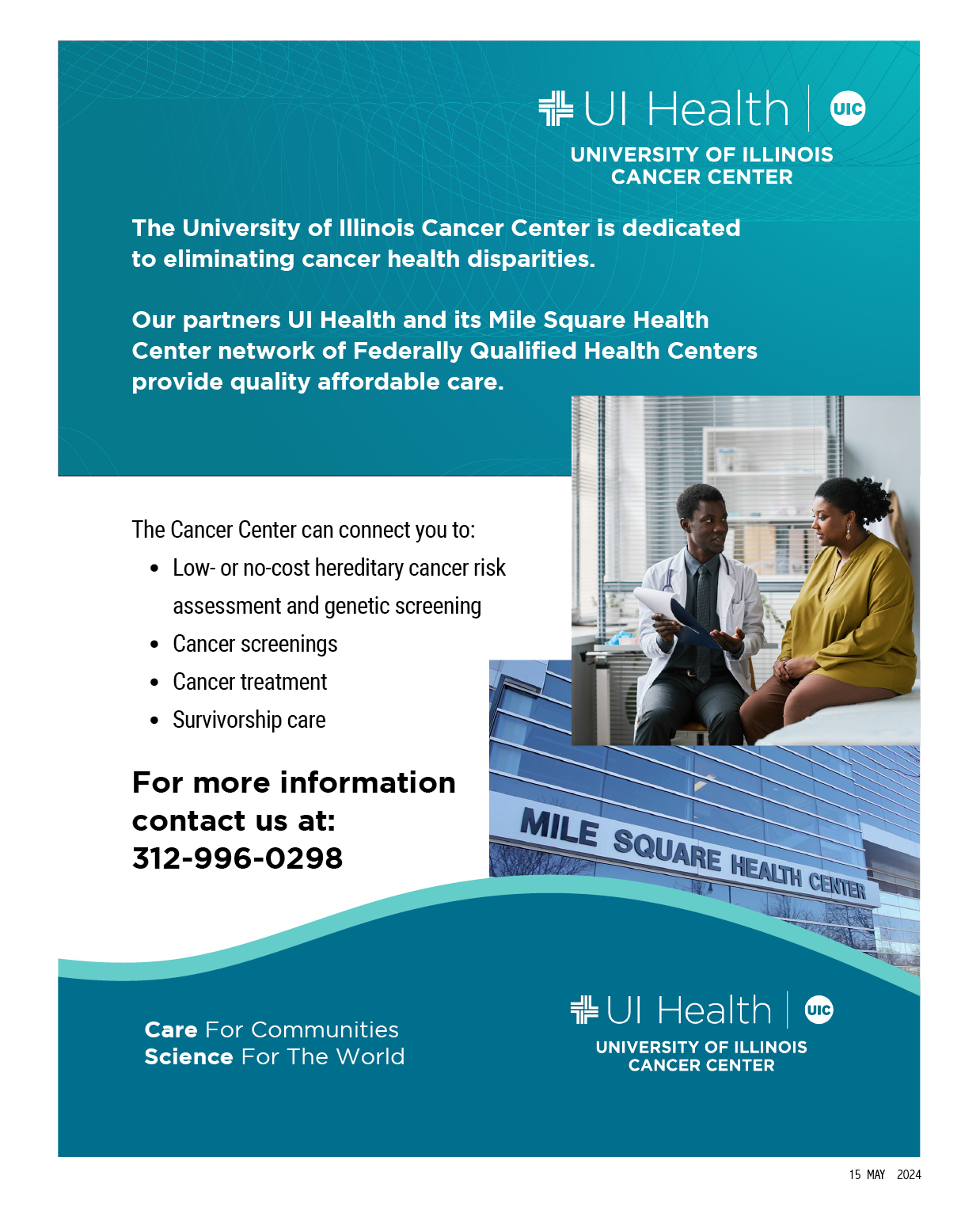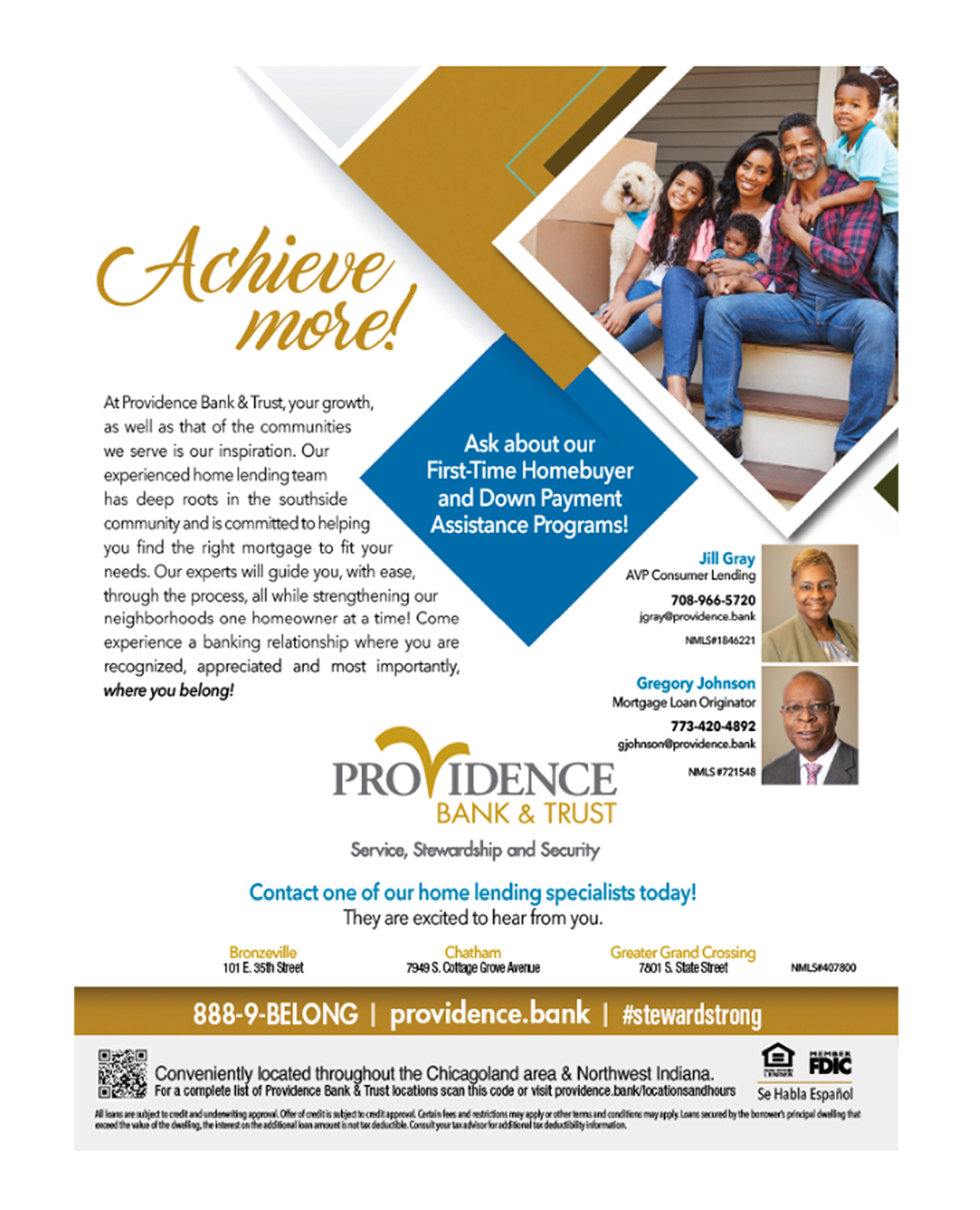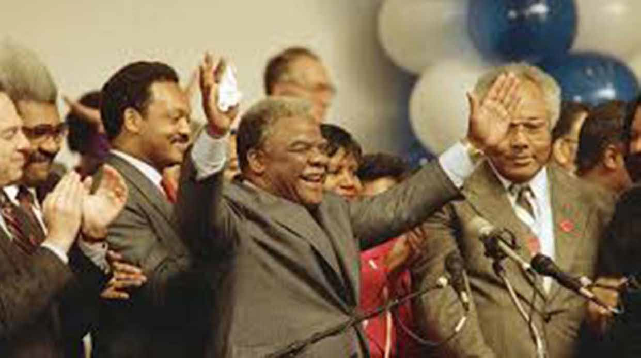
On April 23, 2022 we will celebrate the centennial birthday of Harold Washington, Chicago’s first African American Mayor. His effectiveness doing many amazing things that truly made Chicago the “city that works” over the five years he was Mayor, while simultaneously fighting the daily “Council War” efforts of Council leader Vrdolyak and his infamous 29 Aldermen/henchmen who vowed to block votes against everything Harold or his supporters attempted, makes Harold Washington a real-life superhero worthy of celebrating.
While it’s a good thing to give honor to the dynamic, courageous, charismatic Black man who many admirers affectionally called “Harold”, there are many who today have no idea what his great works are nor of his organizing strategies, programs and major projects that won over many of his former enemies and brought huge benefits not only to Black Chicago but to all Chicagoans and the City’s reputation.
A really great tribute therefore would be for all to learn about and elevate the many hugely impactful political, social, cultural, financial, and economic changes Washington made during his time and possibly adapt and incorporate them into strategies to resolve current issues.
Because this is an article, not a book, I will not try to identify all of Harold’s accomplishments here. I will just discuss two that produced major economic outcomes
1. MAYOR WASHINGTON USED THE ARTS AND CULTURE
AS A CATALYST FOR MAJOR ECONOMIC, SOCIAL AND
POLITICAL CHANGE
Harold was a visionary that understood how he could grow local arts organizations to become economic engines for Chicago’s economy and for raising the standard and quality of life for Artists, their families, neighbors, and others.
Harold also understood and respected grassroots organizing using the power of the arts, media, and entertainment as tools to change hearts and minds. He got a preview of how to use this power in his mayorship by seeing how effective it was used in his campaign.
During the election, local actors, musicians, dancers, muralists, photographers as well as arts, media, and marketing professionals organized a GOTV (get out the vote) Campaign for Harold’s affinity group “Artists for Harold.” Linked to other similar affinity groups and to the Campaign, they became very important vote-getting factors, creating memorable jingles, graphics distributing daily on the five Black radio stations, and several small print presses serving every level of Black Chicago.
Their expectation was to be able to get connected to work, resources, and to the public commerce mainstream upon Harold’s election. And they were, Harold reorganized the city’s several separate Arts and Cultural executive apparatuses into one brilliant system with the same goals and an end game that would ultimately make Chicago a major destination for cross-cultural, multigenerational Arts and Culture that attracted the whole nation. Black, Brown and other ethnic Artists and small arts organizations from every genre that had never been seated at the big table were invited in to received grants, perform in central city venues, collaborate with major arts organizations, and much more.
With that vision, Mayor Harold Washington created the first Department of Cultural Affairs giving it power as a cabinet level structure. He combined it with the city’s Department of Fine Arts, the Chicago Film Office and the Mayor’s Office of Special Events and blessed it with progressive and diverse new leadership and a big budget (increased from $1.4 million to $4.5). He democratized grants and financial supports, tying grants to collaborations between large and small arts organizations and ensuring that new diverse grant-making panelists were included in the process. This quickly resulted in new and diverse artists, audiences, sponsors, and relationships being included in invitations, performances, and work. Educational workshops, marketing help, and the use of public facilities in cultural centers, central city, and throughout neighborhoods, including many parks.
The results were electrifying. They included a plethora of free ethnic dance performances, music, and other programs, art exhibits, held in downtown Daily Plaza, neighborhoods, and the beautiful Cultural Center which Harold converted from the Central Library to the highly accessible Office of Cultural Affairs.
The results were revolutionary. People of all ages and ethnic persuasions turned out, learned, listened, and enjoyed each other’s stuff, The exposure to creativity, beauty, and positive energy countered the ugly politics of the Council Wars. The
Arts turned on metaphorical lights in the hearts and minds of many everyday Chicagoans all over the city. The political, social, and economic benefits began to manifest as large and small neighborhood-based art organizations collaborated, shared, and grew new audiences from neighborhoods and suburbs and bringing in tourists from all over the country and the world.
Opposition to Harold withered.
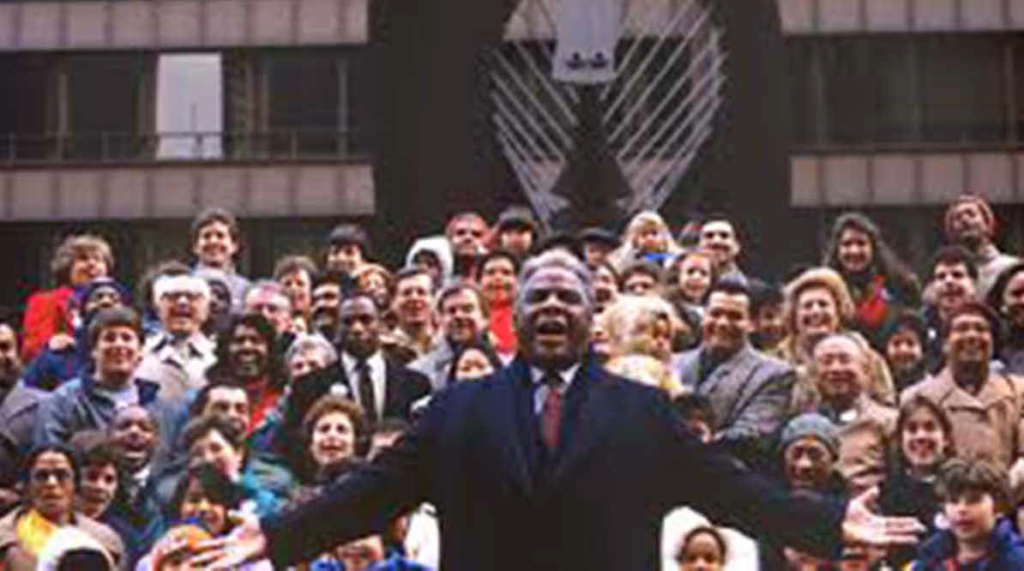
Most exciting, as appreciation for both the flow of capital and the Washington Arts program created new economic
prosperity and brought billions of dollars to the city’s coffers. Community unity and pride and tolerance also began to be seen and cracks in the political walls of racial-ethnic prejudice peeked through.
2. HAROLD BROKE DOWN RACIAL AND SOCIAL BARRIERS,
INCREASED JOBS, ENABLED SMALL AND MICRO BUSINESSES, CONNECTED BLACK AND LATINO MEN AND ALL WOMEN TO THEIR COLLECTIVE POWER.
Prior to Harold’s election, the political machine controlled every aspect of who got city jobs and city contracts through a system of patronage that non-Black or Brown men seldomqualified for except jobs on the lowest rungs of the ladder. Women of all ethnicities, though 53 % of the population, had very low percentages of city jobs, unequal pay for the same jobs, were unprotected from violence and suffered many other social, economic and political negatives.
Mayor Harold, the bold and courageous visionary, changed
this in a decisive and effective ways.
First, though African American, he declared that his role and perspective was to be the fair mayor for all of the people.
He built and strengthened the connections within and between affinity groups. For example, groups such as
“Women for Harold” were encouraged to attend workshops
and work together across racial lines to advance their common interest in establishing women and minority-owned businesses ( MBE/WBE ). Harold urged his supporters to connect with and support Latinos running for public office.
Emphasizing our common heritage and interests, he
made a place for Latinos at the planning table. Harold also connected us to the voting power of the Gay Community
(now LBGQT).
After conferring with Atlanta’s first Black Mayor, Maynard Jackson, with whom he worked closely to plan effective moves, Washington adopted a version of Atlanta’s affirmative action plan for city contracts. It mandated by ordinance that a percentage of all contracts for major project be awarded to minority African American, Latinos owned businesses . Washington added Women to the set aside Chicago plan he created.
That plan brought new contract work to tens of thousands of Black, Brown and women owned businesses. It was broadly praised as a huge success for being fair. closely monitored and excellently implemented. As hoped, it resulted in a substantial increase in the income, business stabilization and overall economic growth in the targeted
populations and their neighborhoods and also incentivized contractors to hire Black and Latino workers.
There are many, many, more examples of amazing, successful strategies and concrete actions that the late great Harold
Washington did which created enormous and lasting benefits for Chicago, and all of its people.
I urge you all to SHOUT OUT about Harold’s untold legacy.
See that it is broadly published, taught in schools, and most of all studied and used by current activists to organize
with grassroots groups, politicians, and others to resolve our current issues.
We did it before, we can do it again
